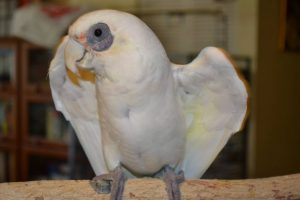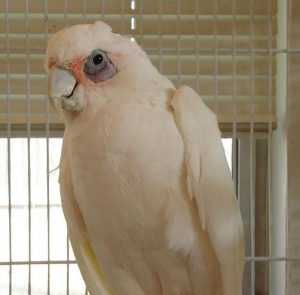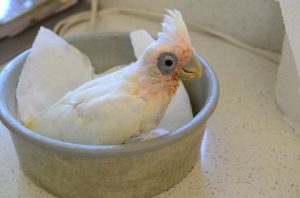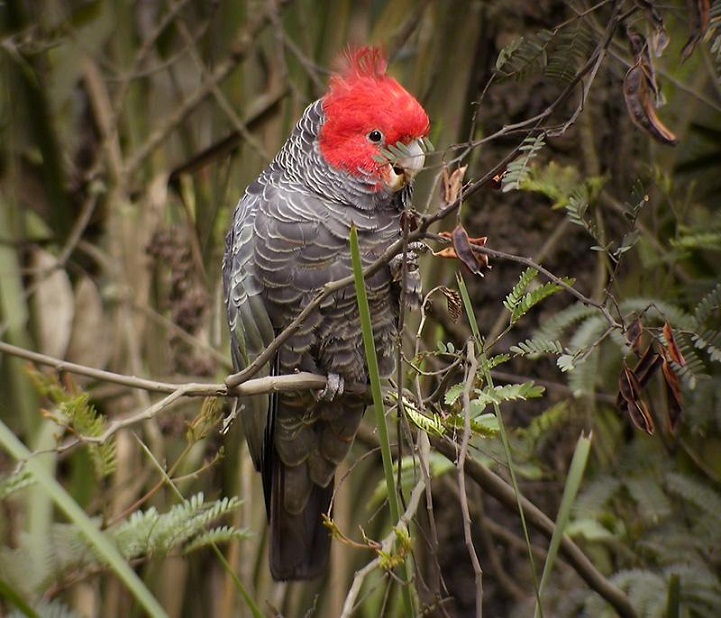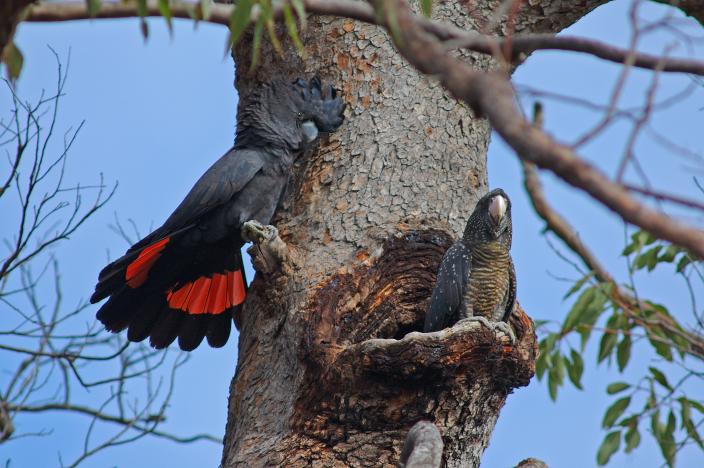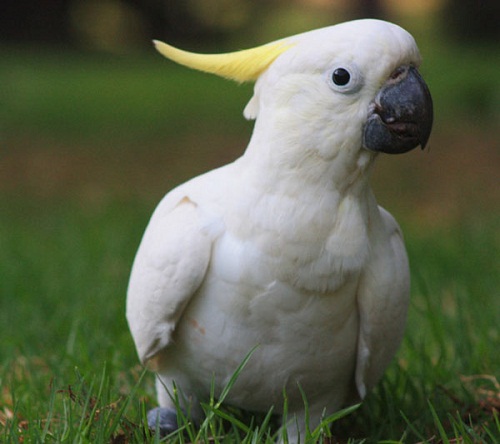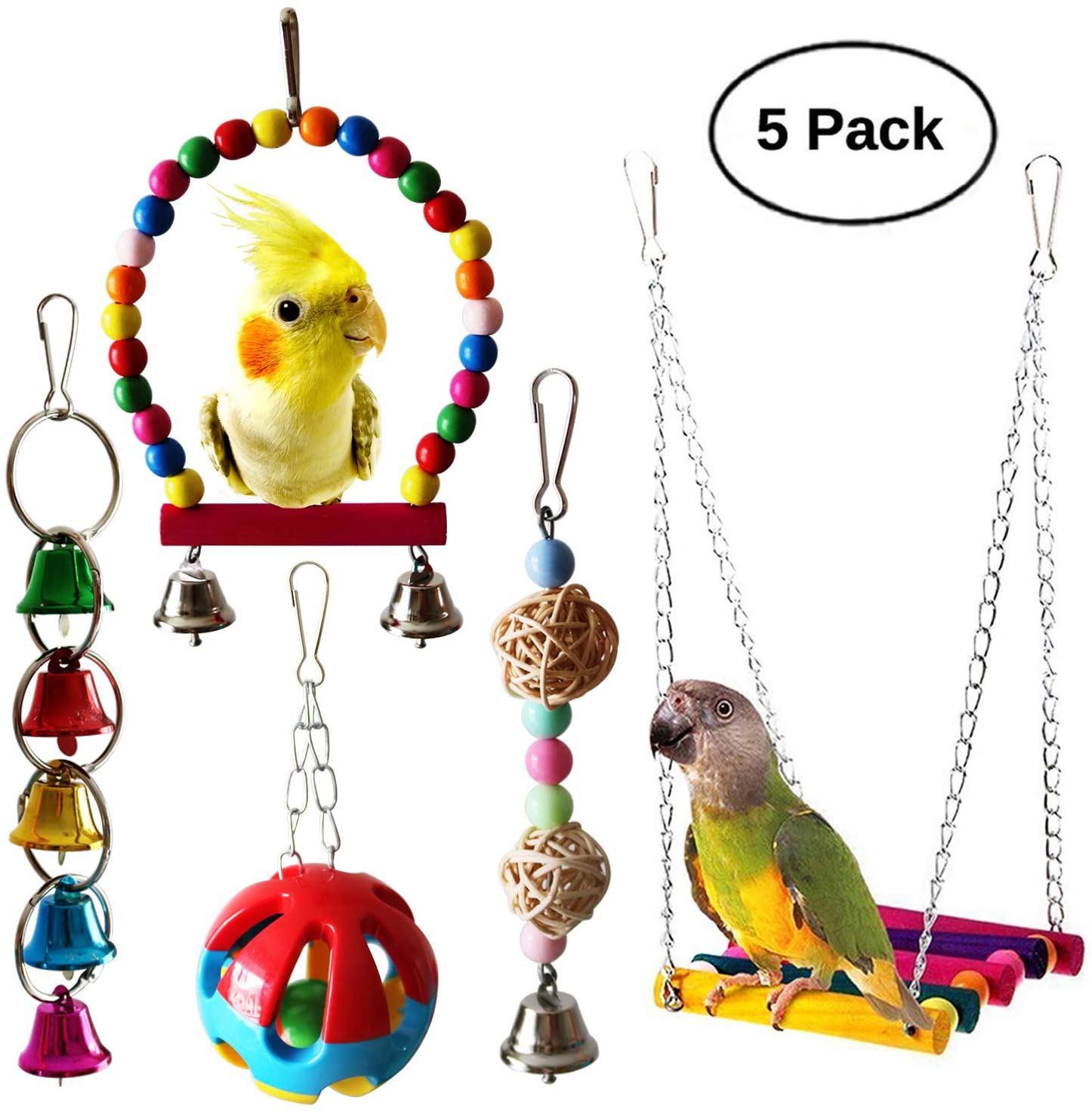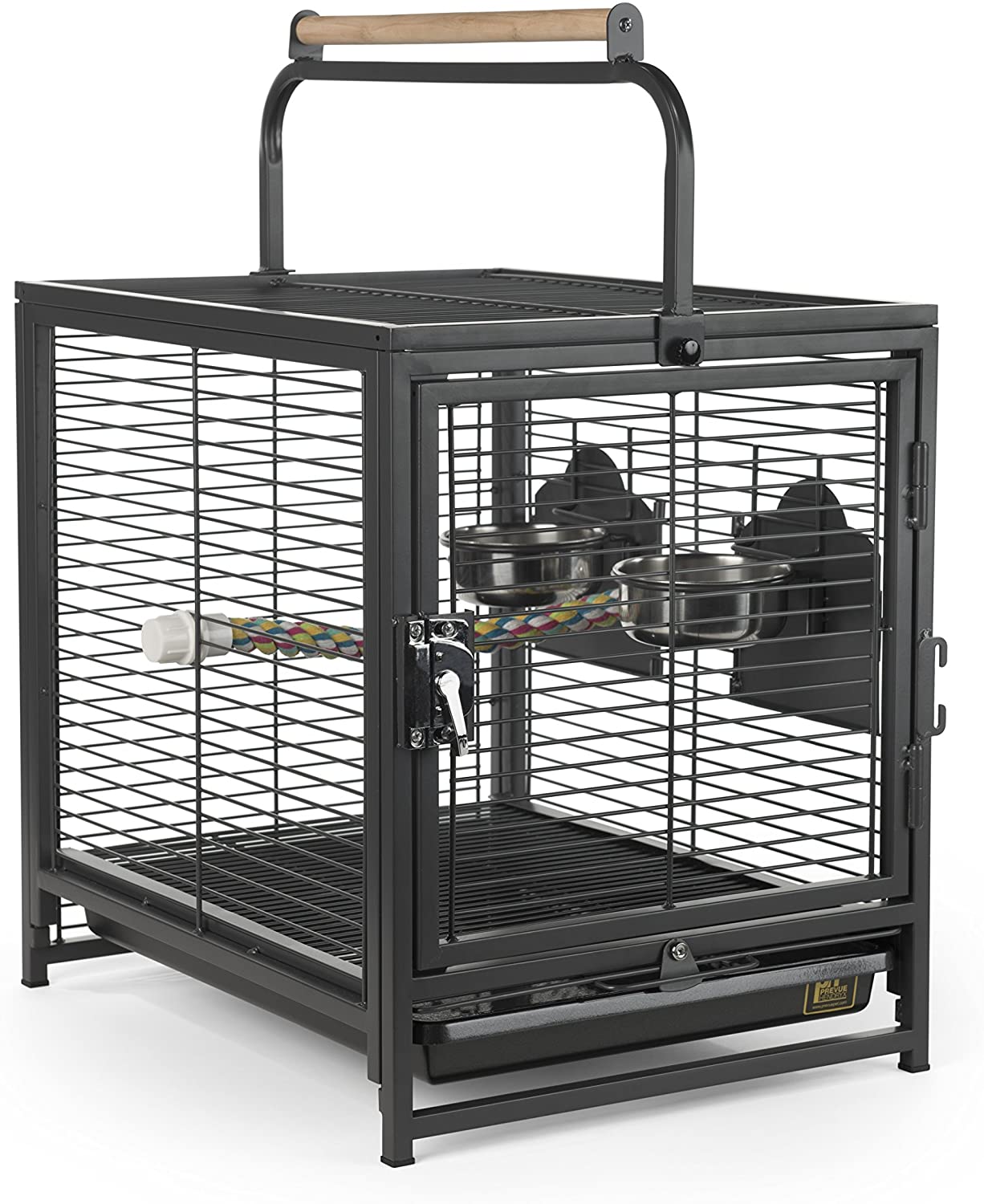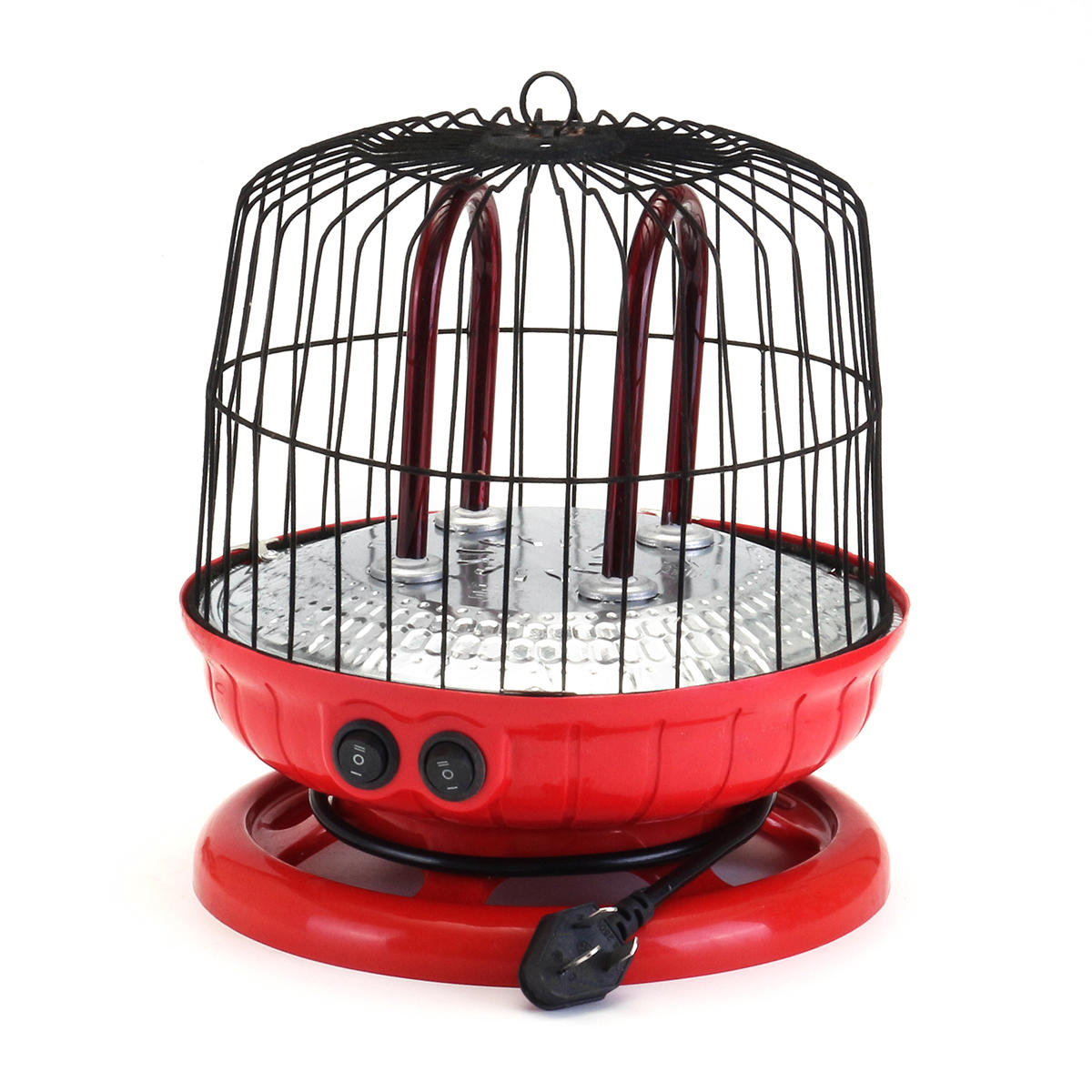The bare-eyed cockatoo is a bird native to Australia and Southern New Guinea. Although less popular as pets due to its appearance, these birds are funny and more independent than other cockatoos.
Scientific Classification |
|
| Kingdom | Animalia |
| Phylum | Chordata |
| Class | Aves |
| Order | Psittaciformes |
| Superfamily | Cacatuoidea |
| Family | Cacatuidae |
| Subfamily | Cacatuinae |
| Tribe | Cacatuini |
| Genus | Cacatua |
| Subgenus | Licmetis |
| Scientific Name | Cacatua sanguinea |
Quick Information |
|
| Also Known as | The little corella, little cockatoo, short-billed corella, blood-stained cockatoo and blue-eyed cockatoo |
| Size | 35-41 cm (14-16 inches) in length |
| Weight | 1.157 lbs |
| Color | White plumage with a salmon pinkish patch on the face. Horn colored beak and bare gray patches around the eyes. |
| Distribution and Subspecies |
|
| Habitat | Arid deserts of central Australia to the eastern coastal plains, urban areas of Sydney and Brisbane, farmlands of New South Wales and Queensland. |
| Sounds and calls | High pitched notes and screeches. Large flocks can call simultaneously creating a deafening sound audible from miles away. |
| Clutch | 2-3 eggs |
| Incubation period | 26 days |
| Fledging | 10-12 weeks |
| Breeding Age | 4-6 years |
| Lifespan | 50-60 years |
| Diet | Berries, fruits, nuts, roots, blossoms, seeds, insects, and larvae. |
| IUCN | Least Concern |
As pets
Housing
Large cages with ample room to fly and spread the wings are ideal for these birds. Put locks or escape proof latches on the cage since they are strong chewers. Nest boxes should have twin entry gates to prevent the male from blocking the female inside it.
Temperature
Like other cockatoos, it can thrive in a wide range of temperatures;still make sure not to keep it under direct sunlight for too long.
Temperament
They are excellent as pets with their quick learning abilities and love for performing tricks. Lack of attention might make it aggressive triggering destructive behaviors like biting, self-mutilation, and feather picking. They might become territorial after maturity and also a bit noisy.
Feeding: What do bare-eye cockatoos eat?
A controlled diet is recommended as these birds tend to become obese. Include fresh fruits, vegetables, sprouts, and seeds in their feed.
Care
Regular bathing is required to keep these birds’ skin and plumage healthy. Dry them up in a warm room or in the sun after bathing. Clip only the primary wings so they have no trouble in flying or gliding.
Health problems
Few health issues that the bare-eyed cockatoo suffer from are:
- Poor eating habits
- Sarcocystis
- Ingestion of metals due to chewing habit
- Psittacine Beak and Feather Disease (Common in the wild)
- Proventricular Dilation Disease
Price
The bare-eyed cockatoo costs around $ 2,000.
Interesting fact
- Yindjibarndi people of the central and western Pilbara kept these birds as pets and at times cooked them for eating as well. The bird’s downy feathers were utilized in traditional ceremonies to adorn their head and armbands while dancing.
Bare eyed cockatoo Pearl goes after pencil
Reference:
- https://www.yumpu.com/en/document/read/11374370/bare-eyed-cockatoo-susan-clubb
- https://beautyofbirds.com/bare-eyed-cockatoo/
- https://www.petguide.com/breeds/bird/bare-eyed-cockatoo/
- https://www.thesprucepets.com/bare-eyed-cockatoos-390562
- https://www.avesint.com/bec.html
- https://goldencockatoo.com/products/bare-eyed-cockatoo


